
- For PC
- For MAC
- For Linux
- OS: Windows 10 (64 bit)
- Processor: Dual-Core 2.2 GHz
- Memory: 4GB
- Video Card: DirectX 11 level video card: AMD Radeon 77XX / NVIDIA GeForce GTX 660. The minimum supported resolution for the game is 720p.
- Network: Broadband Internet connection
- Hard Drive: 22.1 GB (Minimal client)
- OS: Windows 10/11 (64 bit)
- Processor: Intel Core i5 or Ryzen 5 3600 and better
- Memory: 16 GB and more
- Video Card: DirectX 11 level video card or higher and drivers: Nvidia GeForce 1060 and higher, Radeon RX 570 and higher
- Network: Broadband Internet connection
- Hard Drive: 62.2 GB (Full client)
- OS: Mac OS Big Sur 11.0 or newer
- Processor: Core i5, minimum 2.2GHz (Intel Xeon is not supported)
- Memory: 6 GB
- Video Card: Intel Iris Pro 5200 (Mac), or analog from AMD/Nvidia for Mac. Minimum supported resolution for the game is 720p with Metal support.
- Network: Broadband Internet connection
- Hard Drive: 22.1 GB (Minimal client)
- OS: Mac OS Big Sur 11.0 or newer
- Processor: Core i7 (Intel Xeon is not supported)
- Memory: 8 GB
- Video Card: Radeon Vega II or higher with Metal support.
- Network: Broadband Internet connection
- Hard Drive: 62.2 GB (Full client)
- OS: Most modern 64bit Linux distributions
- Processor: Dual-Core 2.4 GHz
- Memory: 4 GB
- Video Card: NVIDIA 660 with latest proprietary drivers (not older than 6 months) / similar AMD with latest proprietary drivers (not older than 6 months; the minimum supported resolution for the game is 720p) with Vulkan support.
- Network: Broadband Internet connection
- Hard Drive: 22.1 GB (Minimal client)
- OS: Ubuntu 20.04 64bit
- Processor: Intel Core i7
- Memory: 16 GB
- Video Card: NVIDIA 1060 with latest proprietary drivers (not older than 6 months) / similar AMD (Radeon RX 570) with latest proprietary drivers (not older than 6 months) with Vulkan support.
- Network: Broadband Internet connection
- Hard Drive: 62.2 GB (Full client)
The Supermarine Swift is a British jet fighter, developed in the early 1950s as a stopgap measure for the RAF’s lack of modern fighter aircraft at the time. In update 1.91, War Thunder pilots may look forward to the introduction of two modifications of the Swift, along with its final variant equipped with air-to-air missiles!
Briefly: An early 1950s jet fighter, developed to provide the RAF with an interim modern fighter aircraft, while more advanced designs were being worked on.
Supermarine Swift, jet fighter, Britain, rank V.
Pros
- Perfect speed for her rank
- Good air combat abilities
In the years following the end of WW2, Great Britain focused their efforts on rebuilding their nation from the devastation caused by the war as the British government didn’t consider a new war possible in the following ten years. Under these circumstances, developing new military technology wasn’t considered a priority in most cases.
As a result, Great Britain found itself lagging behind in military aviation at the start of the 1950s by the outbreak of the Korean War. This prompted the RAF to hastily look for a new fighter aircraft to put into service, even if it meant taking into consideration an interim design.
One of the designs that sparked the RAF’s interest was a new swept-wing aircraft developed by the Supermarine company - the Type 510. Being in essence just a modified Supermarine Attacker, development of this design continued, eventually maturing into the Type 541.
Soon, the Type 541 received the highest development priority and was hastily rushed through testing and into production as the Supermarine Swift. In fact, production was so rushed that it began before necessary design changes could even be applied from the results of the test flights conducted with the Type 541 prototypes.
Nonetheless, the Supermarine Swift F.1 entered service with the RAF in February 1954, followed shortly afterwards by the F.2 variant. However, many of the aircraft’s teething problems weren’t resolved as a result of being rushed into production. This resulted in a number of accidents happening early on involving the Swift , leading to the aircraft being grounded for a time.
Newer modifications were developed, which addressed most of the known issues. However, it was a case of too little too late for the Swift, as it quickly became replaced by the Hawker Hunter. In the end, just under 200 Supermarine Swifts were produced out of the close to 500 planned aircraft. The Swift was phased out of active service relatively quickly after its introduction, with the last fighter models being withdrawn by the RAF in the mid to late 1950s.
In the upcoming update 1.91, we’re planning to introduce the Supermarine Swift into the game, which we’re sure will excite many War Thunder pilots and fans of British aviation. On top of that, the Supermarine Swift will make its debut in War Thunder with two variants, the F.1 and F.7, both of which will become available to all players with the release of the next major update.
The Swift F.1 represents the first production model of the fighter version of the aircraft to enter service with the RAF. It brought with it many innovations typical for the new jet age, such as the swept wing design. Additionally, it was powered by the Rolls-Royce Avon 105 turbojet engine, an early military version of the famous Rolls-Royce jet engine.
Thanks to the powerful 105 Avon engine, which produces close to 29 kN of thrust, the Swift F.1 is able to achieve a top speed of 689 mph (1108 km/h) at sea level. In addition to good flight characteristics, the Swift F.1 also packs quite a punch in terms of firepower. Being armed with two 30mm ADEN cannons as well as a plethora of secondary armament options, the Swift F.1 is as good of a pick for air as it is for combined battles.
Fun Fact: For a very brief period of time, the Supermarine Swift held the record for achieving the highest absolute top speed of 1187 km/h. This record was beaten by the American F4D Skyray only a week later.
Contrary to the F.1, the Swift F.7 was the last modification of the aircraft to ever be constructed, though it never saw active service with the RAF. The Swift F.7 incorporated several changes from previous variants, such as the use of a more powerful Avon 116 engine, which featured an afterburner. Thanks to the afterburner, the top speed of the Swift was raised to 691 mph (1112 km/h) at sea level.
More importantly however, the Swift F.7 could be fitted with a pair of Fairey Fireflash air-to-air missiles, the first AAMs developed by Great Britain in the 1950s! The Fireflash missiles will greatly increase the Swift’s firepower and will allow it to engage targets at a much greater range. However, as many of the early AAMs, Fireflash missiles too are limited in their effectiveness and can easily be avoided by skilled and vigilant opponents.
The Supermarine Swift F.1 and F.7 are on their way to player hangars and will be available to all pilots at the fifth rank of the British aviation tree, with the release of the upcoming War Thunder update 1.91. Until then, stay tuned for further updates regarding the latest War Thunder developments. Clear skies, pilots!
Previous development blog:
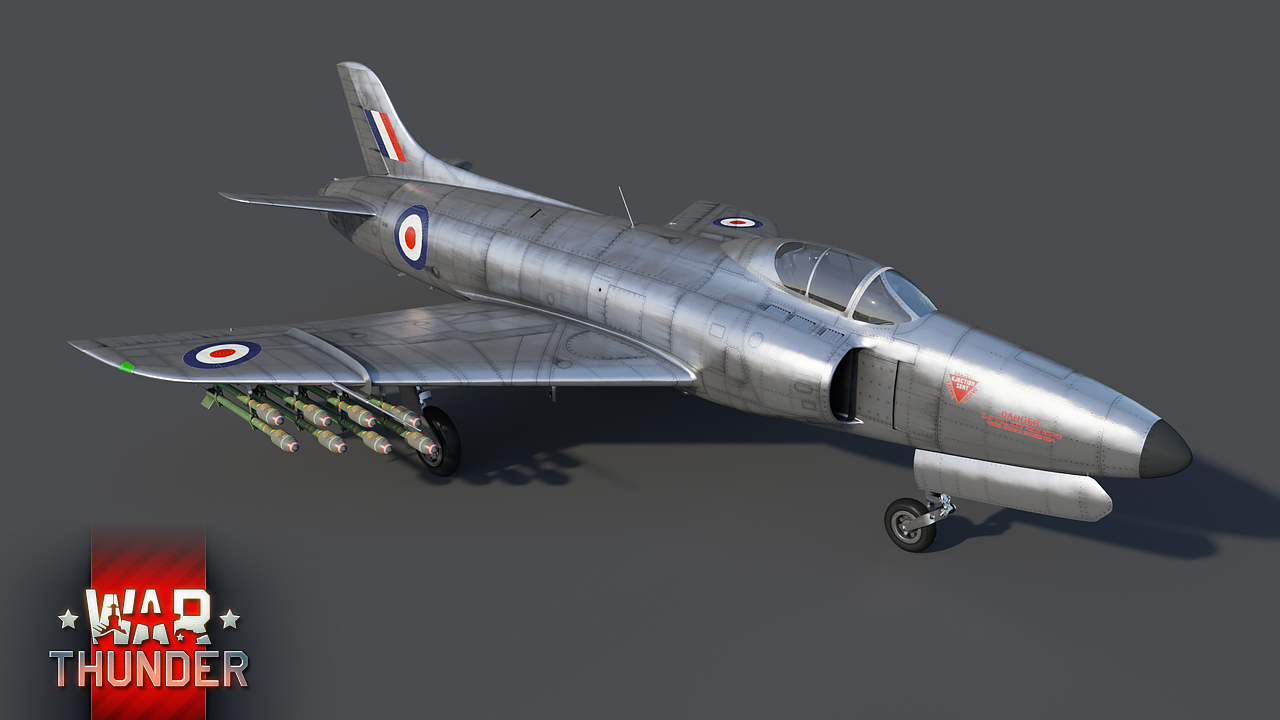
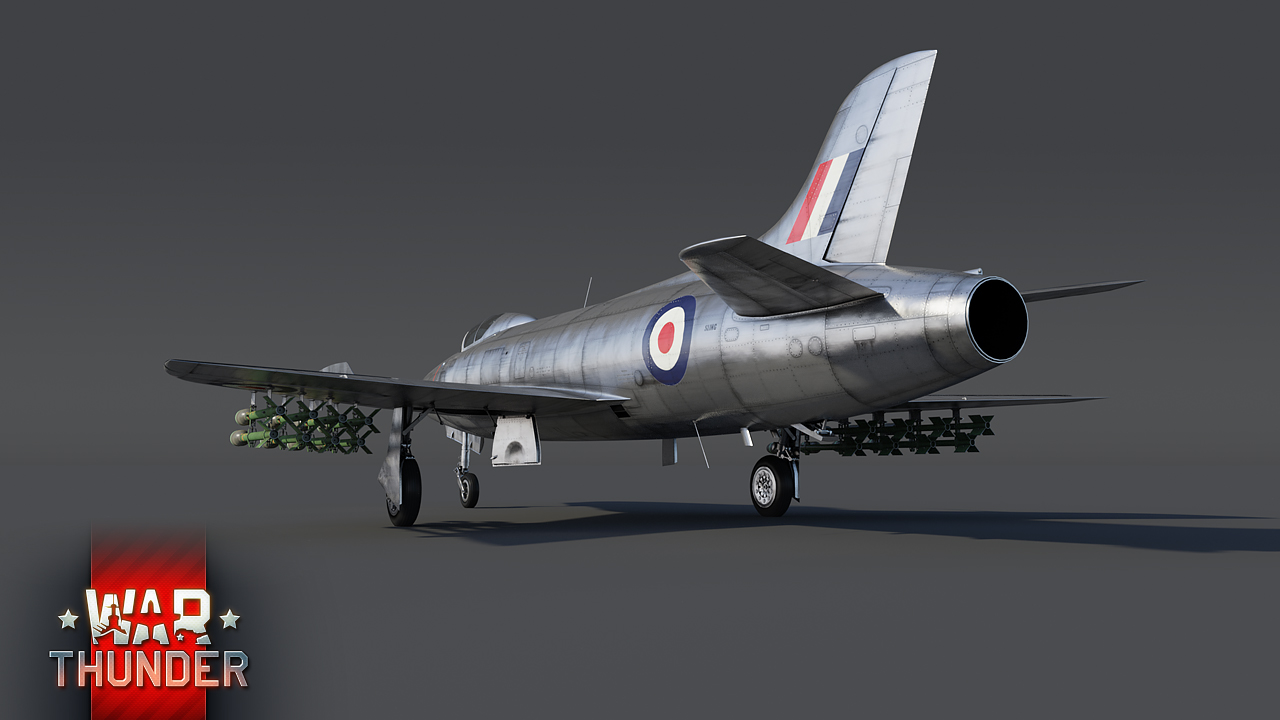
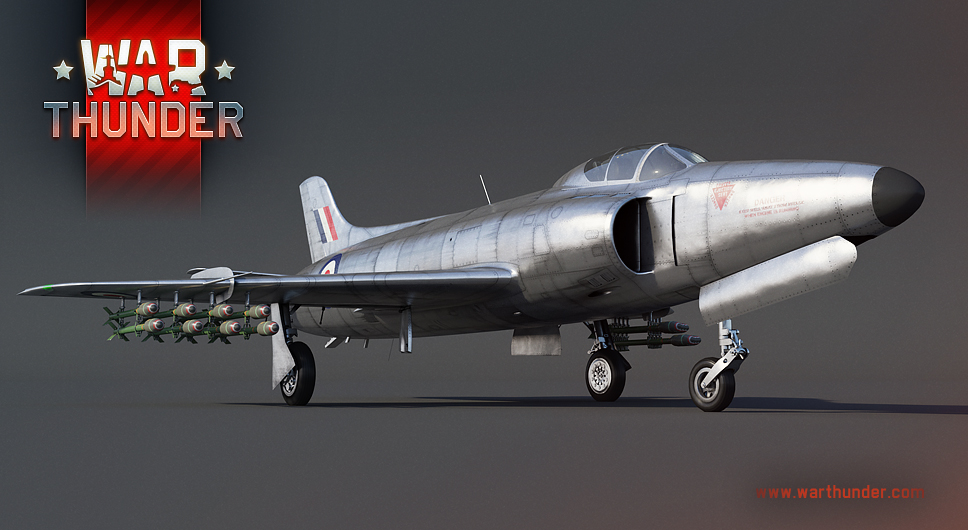
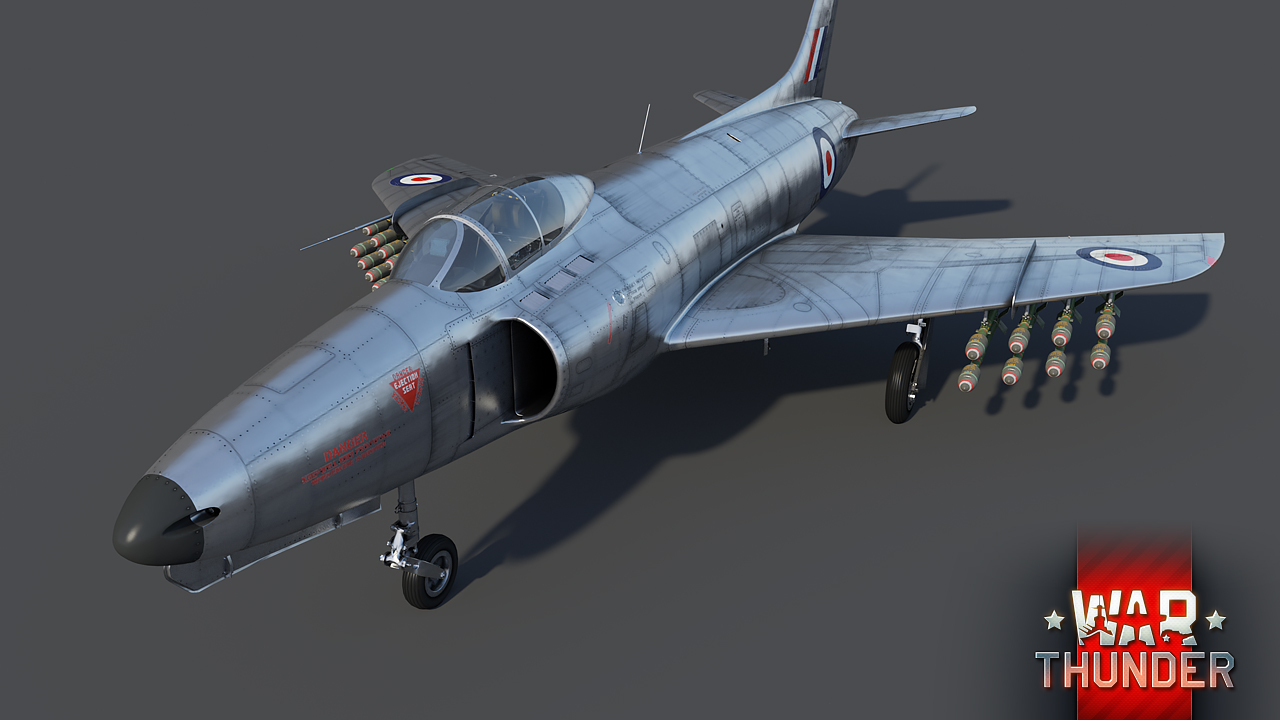
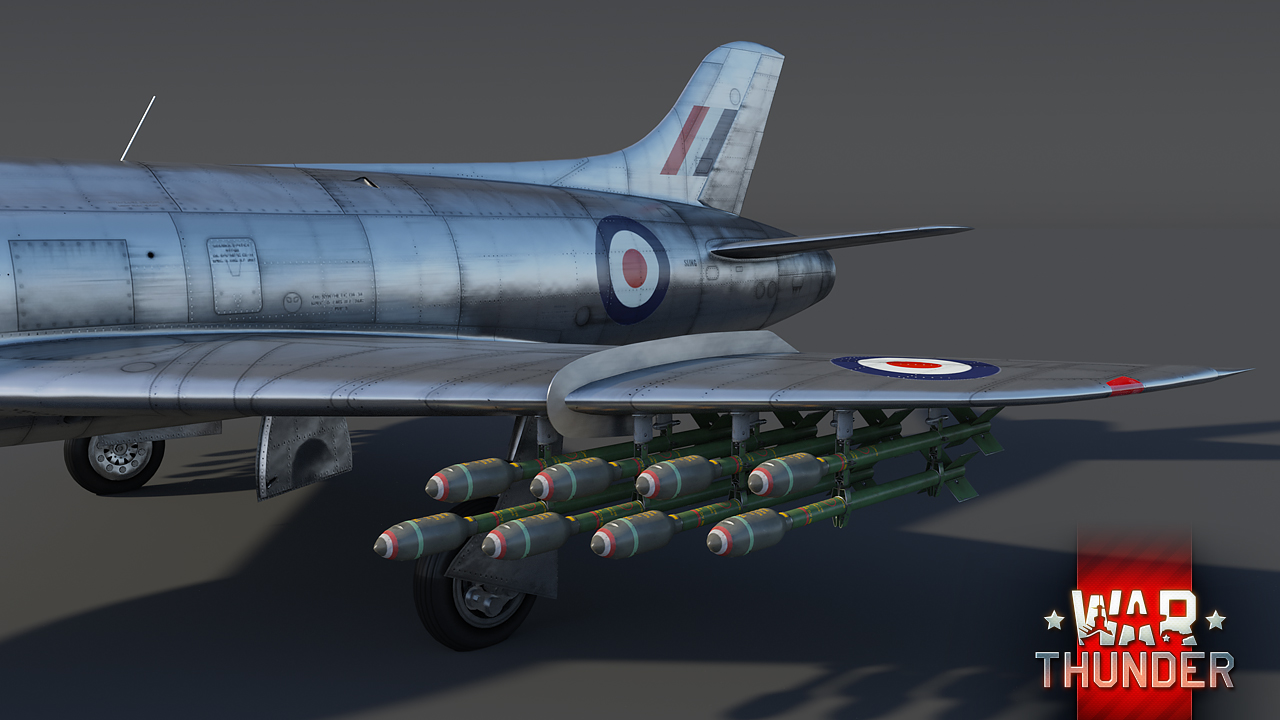
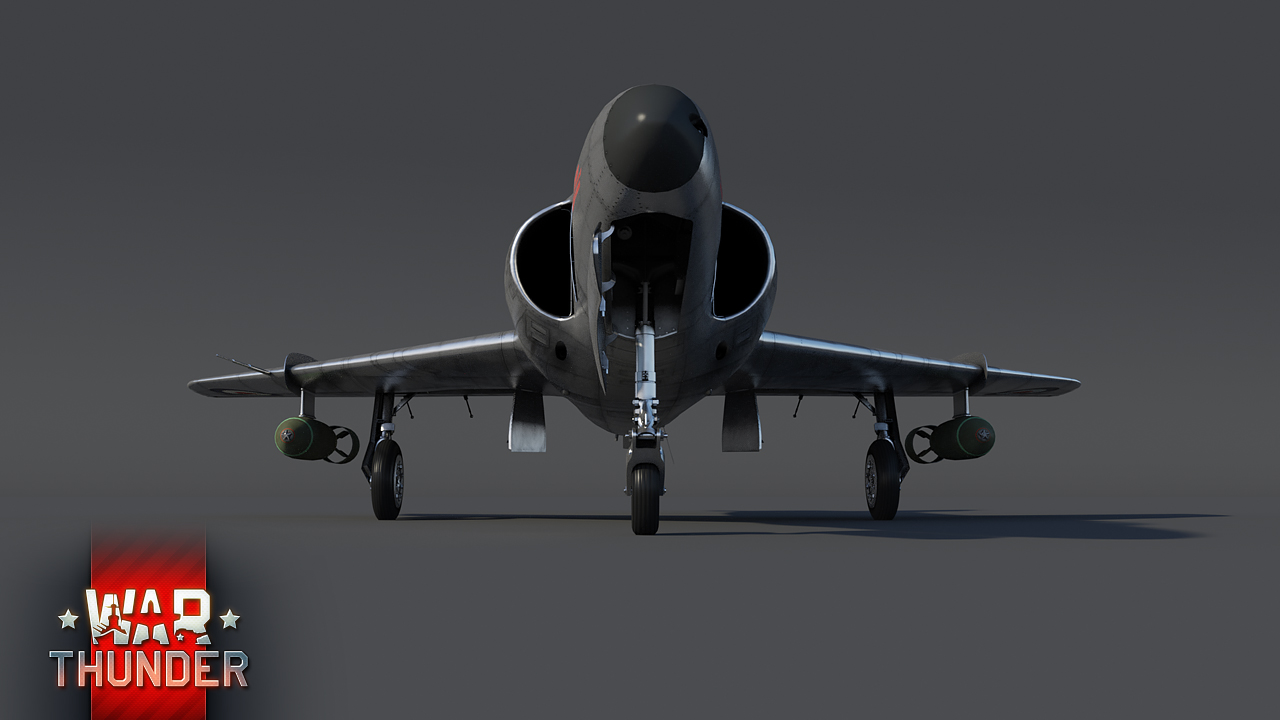
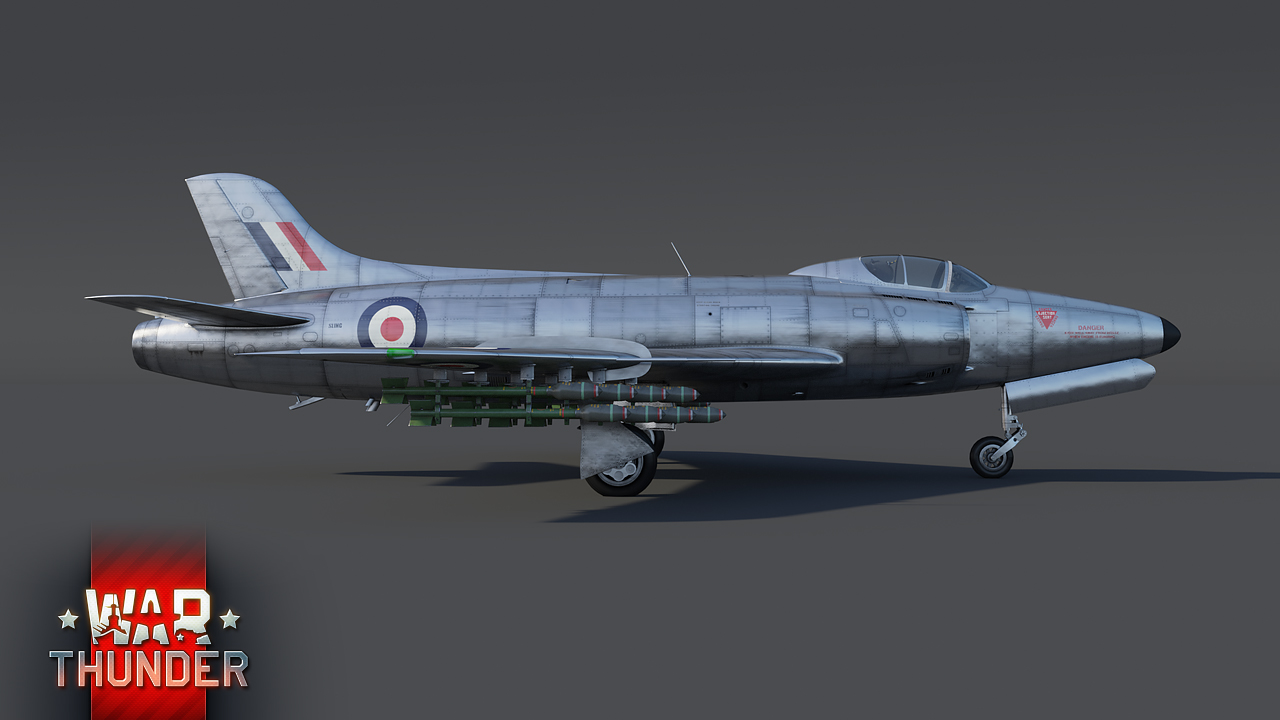
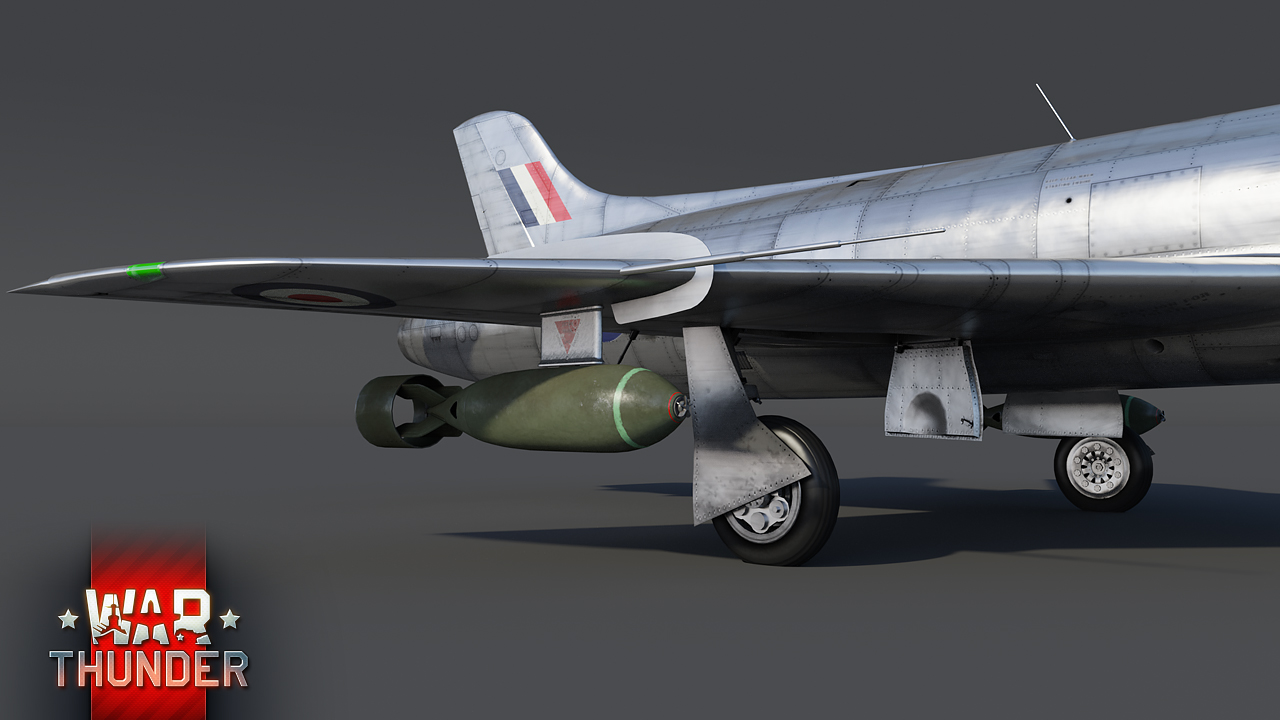
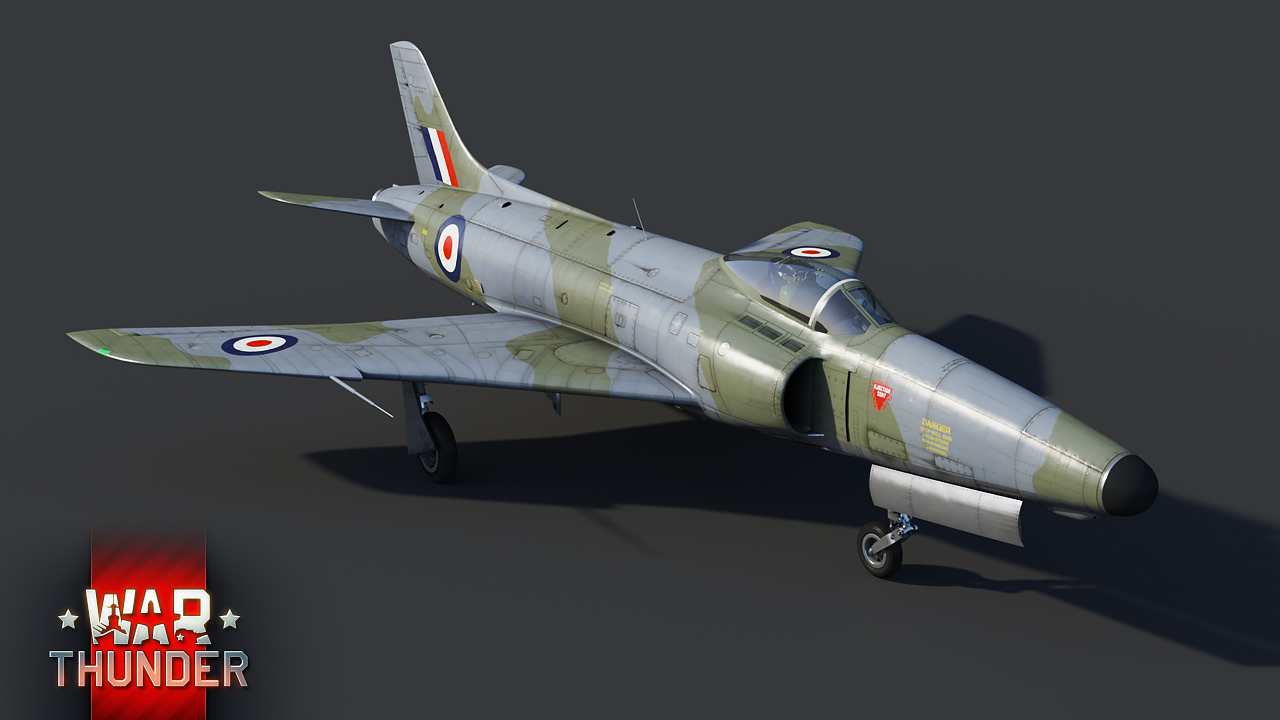
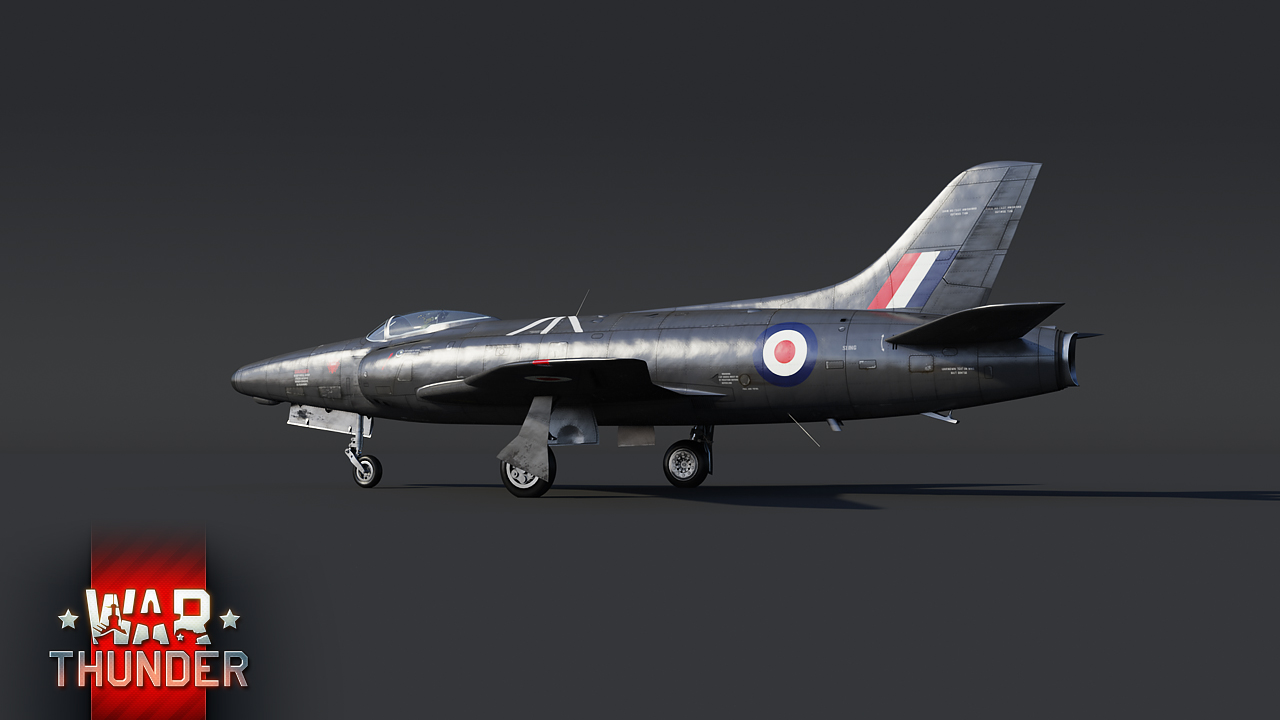
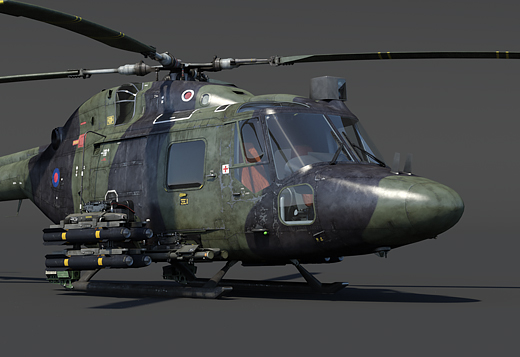
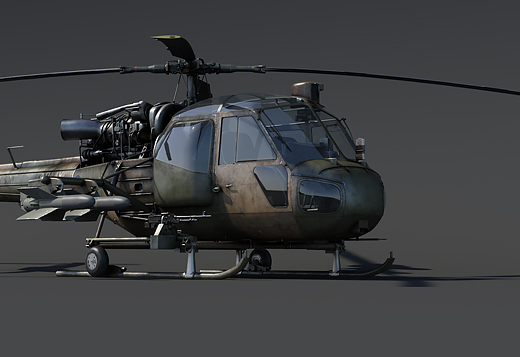

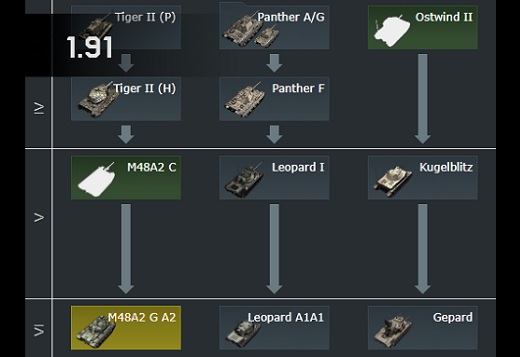
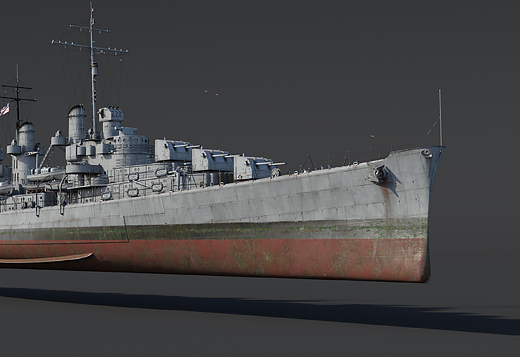
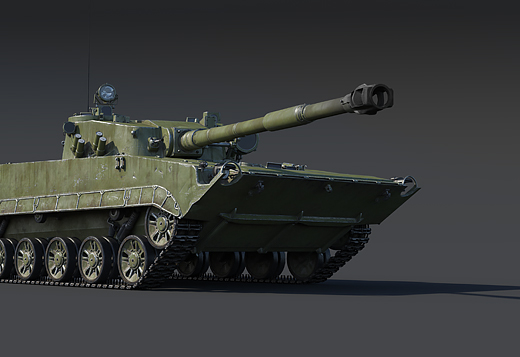
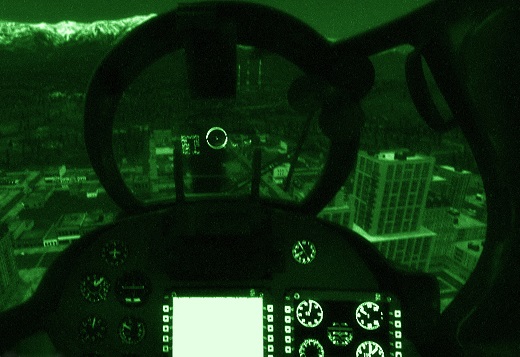
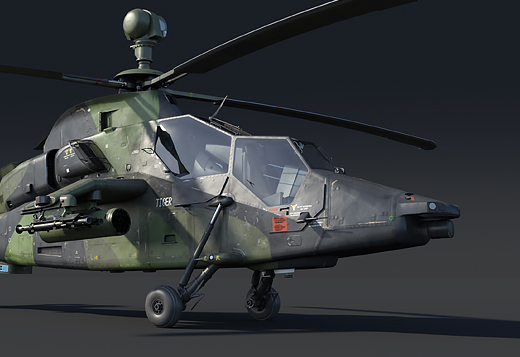
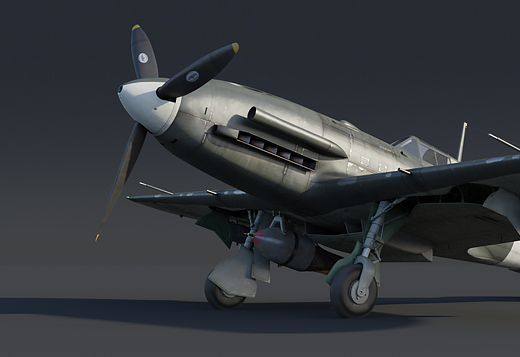




Comments (196)
Video: Decent Anti-Ground capabilities Devblog: Limited anti-ground capabilities WHAT?!
All I need now is to here the Supermarine Scimitar F.1 is being added and I'll be a happy camper :D
The F.7 did not have cannon armament...yet I'm sure WT will include it anyway
It had 4 30mm actually.
KysimKreb, He's right, it did not, check every photo the F.7 has and you won't see gun ports
Weeb
Interesting jet. I'll certainly look at researching this after the Jaguar, which I presume you're adding since it'd actually fill one of the many gaps in Britains tech tree, unlike this.
Oh, we swift bois
Gaijin gib MiG-17 plox
bruh moment I obviously meant the MiG-17F / PF
Acid_Bunny88, gaijin remove all mig17 so acid bunny doesnt play wt
Will it be in the naval line?
Guess
it was use in the RAF not the navy
Was expecting some supersonic jet but whatever.
Beautiful.
Submit a complaint